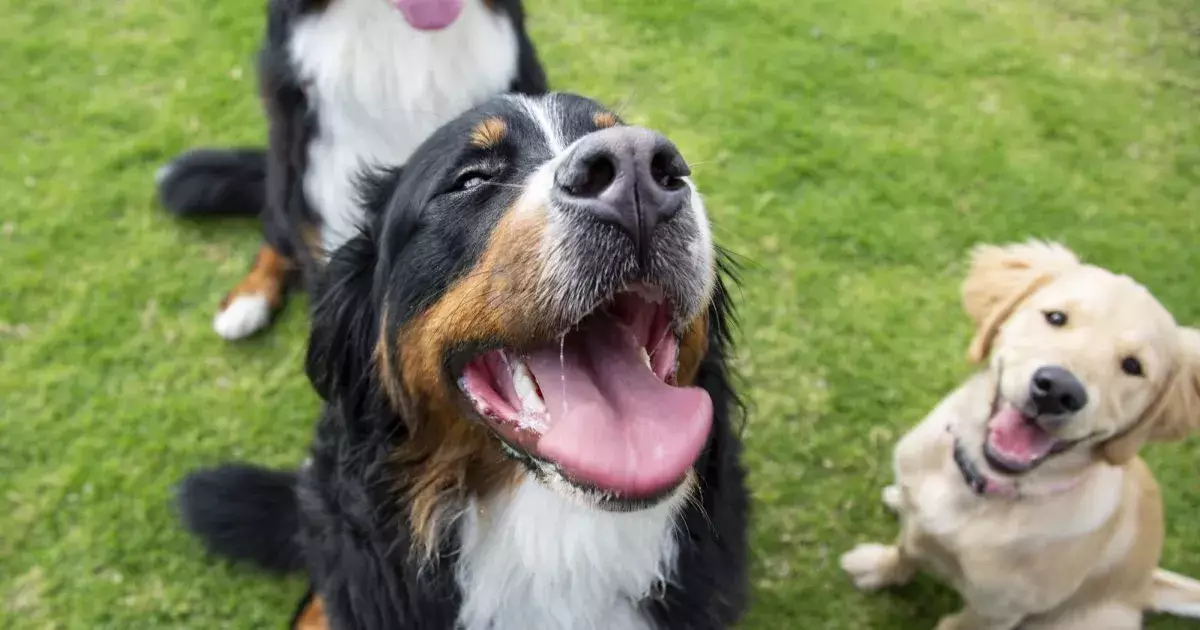Dogs, with their boundless energy and playful nature, bring joy to our lives, and nowhere is this spirit more evident than in dog parks. These open spaces are where our furry companions can socialize and frolic, but they are also venues that demand a certain code of behavior. Unfortunately, not all visitors are aware of dog park etiquette, leading to situations that can turn delightful outings into frustrating encounters. This article aims to guide conscientious dog owners in navigating the dos and don’ts of dog parks, fostering a more enjoyable experience for everyone involved.
With so many dogs and their humans congregating in one place, misunderstandings are bound to occur. One of the most commonly neglected responsibilities is the failure to clean up after a pet. When a dog owner neglects to pick up after their furry friend, they not only show a lack of consideration for others but also endanger the park’s cleanliness and health. If you encounter such a situation, instead of reacting with anger or frustration, it’s essential to approach the matter with a calm demeanor. A gentle reminder such as, “Hey, it seems like your dog left a little surprise!” can prompt the owner to take action without escalating tensions.
Beyond cleaning up after their pets, dog owners can also exhibit discourteous behavior through their dogs’ actions. For instance, a dog that jumps on people may create uncomfortable situations, not just for the humans but also for other dogs. If you find yourself in such a situation, use a soft approach to help the owner improve their pet’s behavior. You might say, “I’ve faced the same issue with my dog and found that positive reinforcement works wonders. Have you tried it?” This kind of constructive conversation can help promote a better environment without making anyone feel attacked or criticized.
Sometimes, a dog is just too rambunctious or aggressive, and it may be necessary to intervene for the safety of all animals involved. If a dog appears to be in distress or is acting aggressively, it’s crucial to prioritize safety. In such cases, calmly guiding the dog away from a volatile situation is the right move. Phrasing like, “I’ll take care of my pup right now, thanks!” is polite yet firm and clarifies your position without unnecessarily creating drama.
The role of supervising one’s dog is a central part of dog park etiquette. Dogs should not be left to roam unchecked, especially if they are prone to aggressive behavior. Maintaining a proactive approach regarding your dog’s interactions can lead to a more manageable and enjoyable experience for everyone.
Dog parks are not just for dogs; they’re also social environments for their owners. Fostering a friendly atmosphere can go a long way in making these outings enjoyable. If you notice fellow owners sharing stories about their pets—whether it’s about training hurdles or humorous mishaps—join in with your own anecdotes. This sharing can create connections that lead to playdates outside the park or simply friendships among owners.
That said, graduates of obedience school and experienced owners might feel tempted to show off their pets’ skills. Remember, though, that excessive bragging can alienate those whose dogs may struggle with obedience. Celebrate successes, but keep the tone light-hearted to maintain a friendly vibe.
Navigating the complexities of dog park interactions requires sensitivity, patience, and a commitment to shared responsibility. By adhering to proper etiquette, pet owners can contribute to a harmonious environment where both canines and humans enjoy their time together. Whether it’s through gentle reminders, encouragement, or simply a friendly chat, each actions fosters a community built on respect for both furry and human members. So the next time you head to the dog park, remember that your behavior not only reflects on you but also sets the tone for those around you and their beloved pets.

